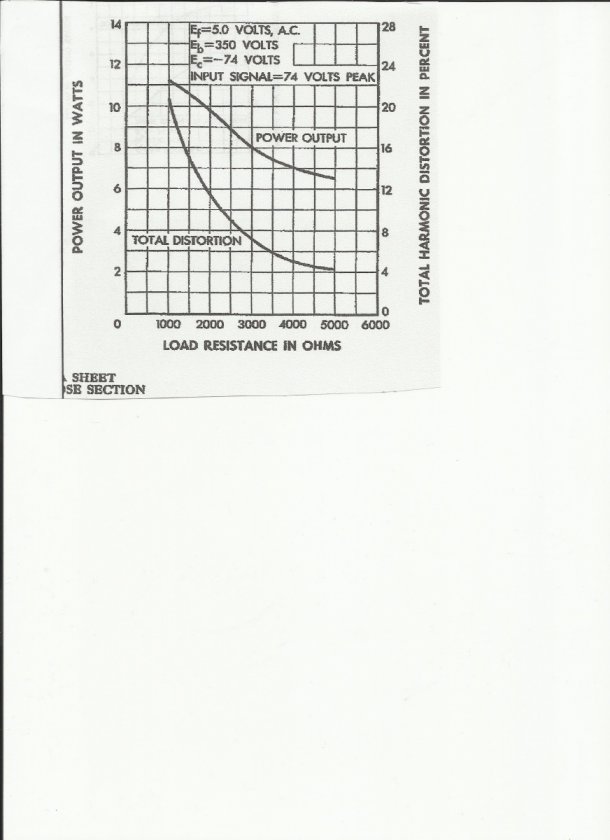Hi Jake,
First and foremost, I humbly apologize for the inconvenience I may have caused. I also decided to edit and alter my post. Thanks for your confidence as Integrity is very important to me and I don't rip the public off with unfounded claims. I have performed decades of listening testing, including materials. That is why I am able to claim a perfect in and out component via listening tests. (I also strongly support measurements as well.)
(I am also blessed to have nice credentials as well.)
I am not classified with some in Audio; here are just two quick examples to show my integrity, and probably why I am sensitive.
1) A 10A was literally hammered, rack front, insides, top, because I would not sell it to a reviewer for $300.00. Same reviewer firm has since tried twice more to rip me off over the years through devious means. I have also witnessed two other reviewers, and firms caught in scandal.
2) 1997, customer emailed me that another forum was negative on my amps due to tubes. I was new to internet and knew of no audio forums at the time. Anyway, I defended my choice of tubes and was black balled by at least 2 companies. How companies were involved I do not know.
Anyway, I learned differently from others by doing my own research, not reading some books or schematics, and coming to different conclusions, and different philosophies. I never read any audio mags, except Audio magazine, "Picking Capacitors" by Walter Jung. I spent some 18 years testing parts, audio designs, and spent more than you will know, before even starting my company. Continue listening testing to this day.
I am taking care of my Mom, 86, to some extent, so I have very limited time. After the flack, I probably should not have posted on this string to begin with.
I again apologize to you Jake, and all the audio community. I would gladly shake your hand and have a beer sometime.
Cheers
Steve
ps. Forgot to answer your question. If one checks out the distortion rising in a SS amplifier, one will usually notice a sharp increase, a sharp bend, almost like a reverse L" at some particular power output. Tubes generally follow this same fairly linear rise but at some power output the rise in HD is much more "rounded".
The rise of HD is fairly linear at small power levels, but becomes more none linear as the power rises. Hard to say at 4 watts output, depends upon max output capabilities and load placed on the tube. Will discuss more below, with table.
Distortion is generally more with SETs at 1 watt due to the fact maximum power output is low. Example: at one watt (idht or dht) the HD of an SET can be 1% HD for an 8 watt max output SET amplifier. However, with a maximum output power of 1.5 watts, distortion at 1 watt may be 4% HD. Negative feedback would make a difference as well? (I do not recommend such.)
With that said, the general rule in tube manuals is to post output power at 5%, or 10% HD for most tubes. There are some exceptions of course. I have seen 15% I believe. Generally the IMD is approximately 3.2 times the HD in the linear regions of the tubes curves. That is why one should never run an SET, either dht or idht, with peaks approaching the overload point.
Concerning distortion at 4 watts output, below is a graph relating HD to power output and load of a Western Electric 300b. As one can see, the HD is very dependent upon load, and plate voltage etc, thus at 4 watts output. Same with idhts. It really should be measured for accuracy Jake. To be fair, all tubes will exhibit high distortion when driven max with limited plate voltage and low RL, as in the graph.
Over driven? Good question. With class A, not really unless the grid no. 1 cannot handle any grid current, as is driven into grid current, as in A2 operation. Otherwise, the tube should not be damaged.

Cheers